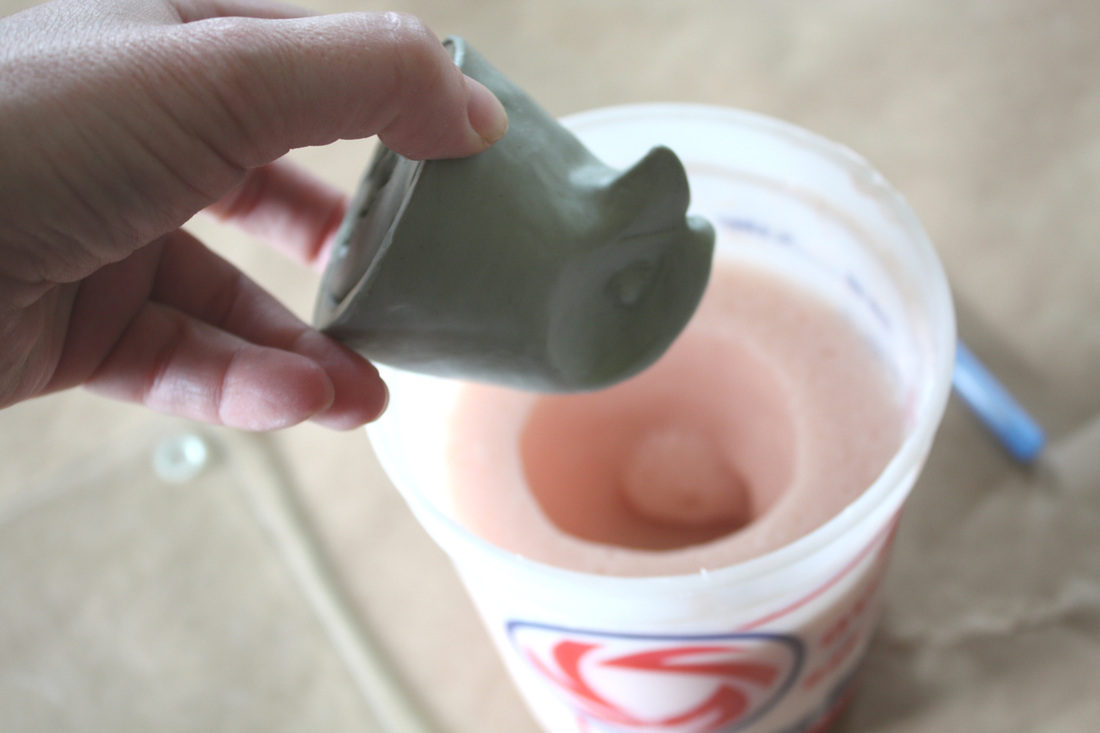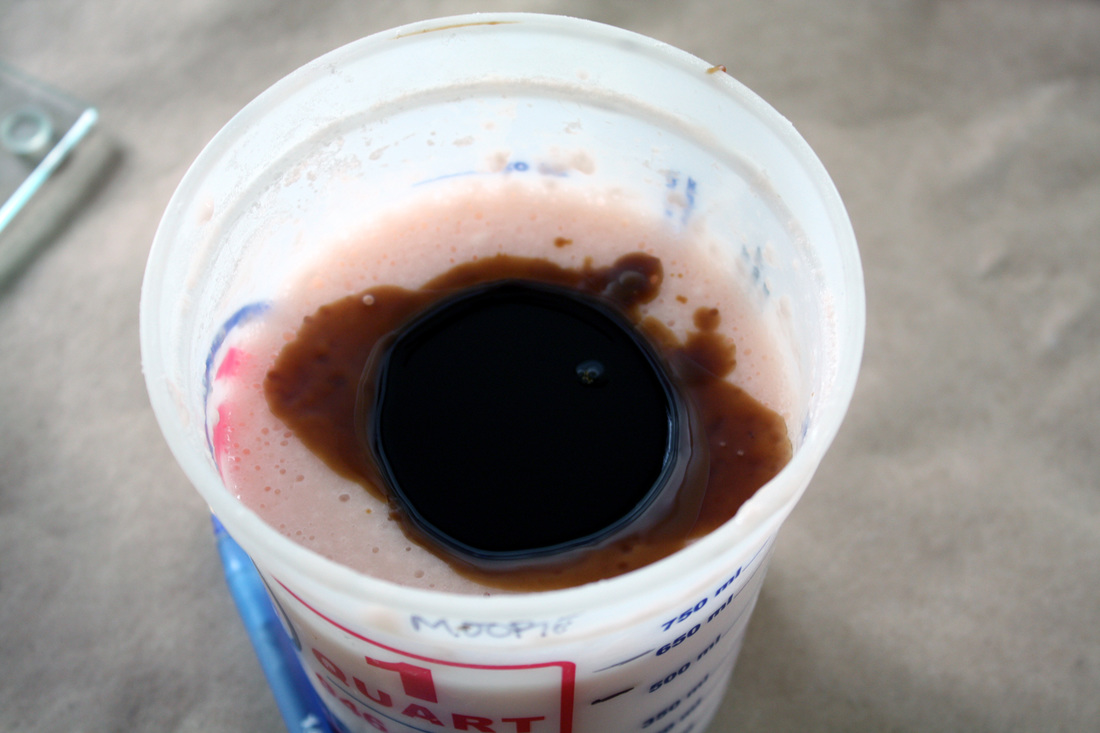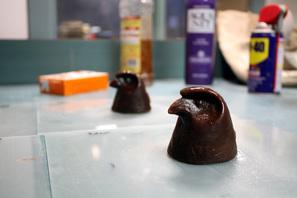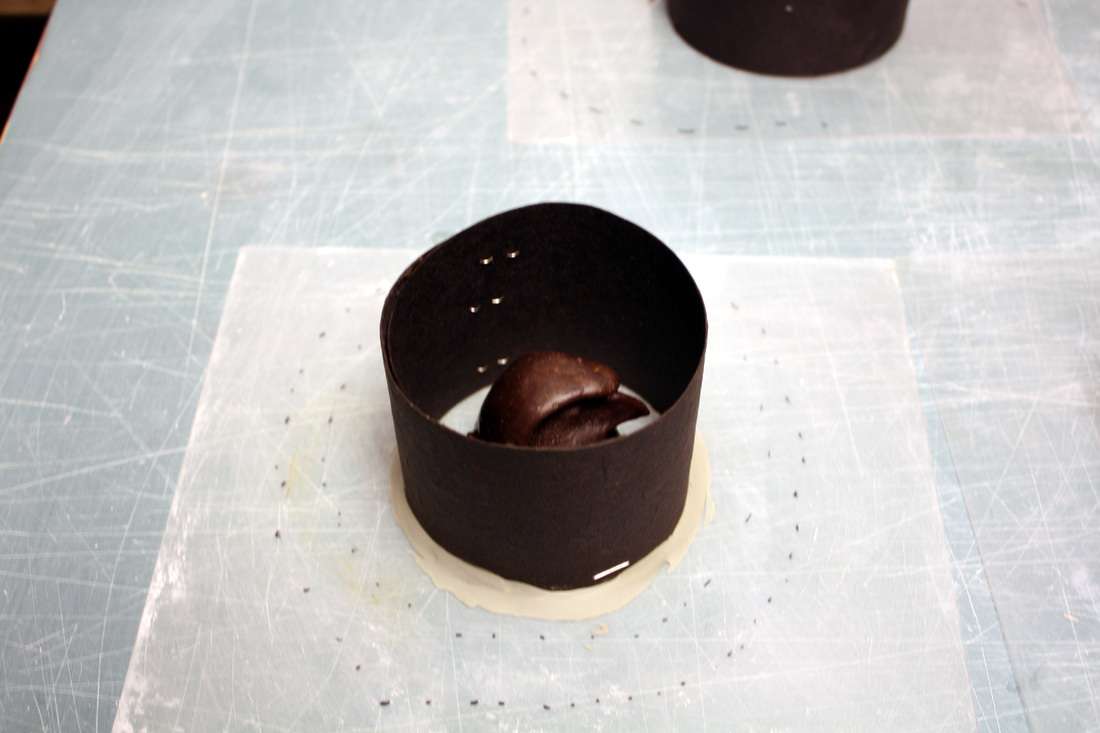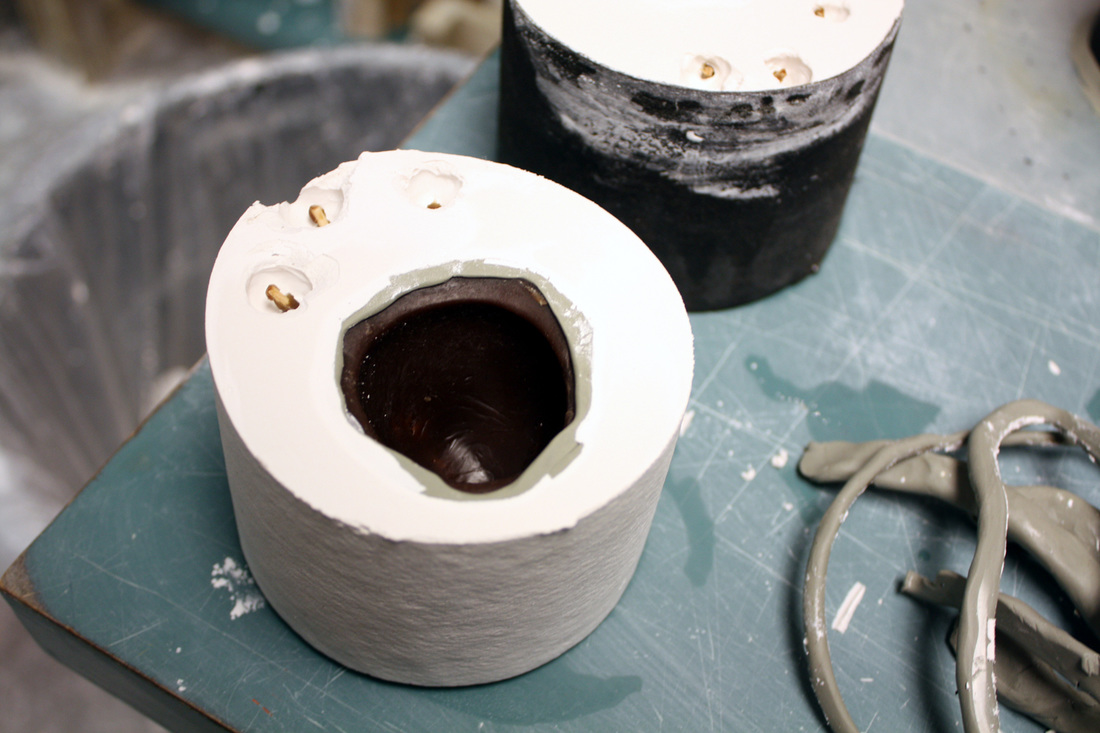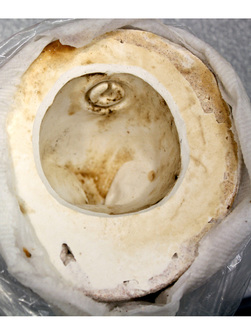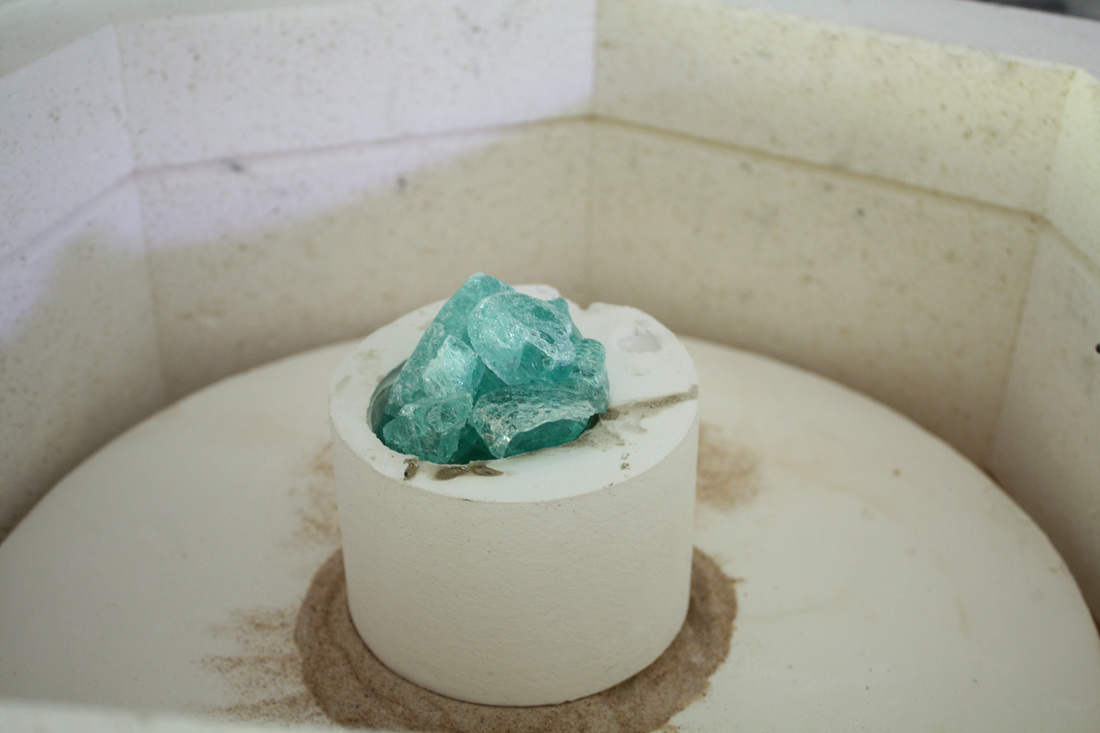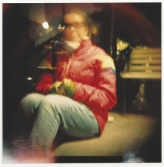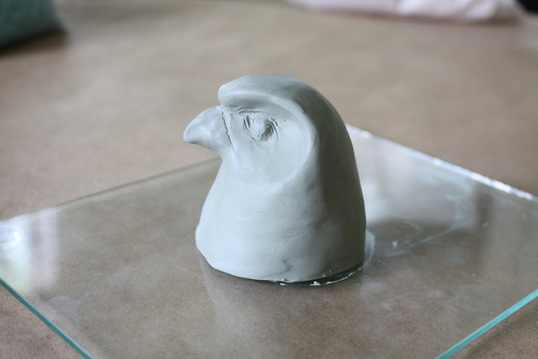 Early this summer I had a chance to do something out of the norm. As part of René Lalique: Enchanted by Glass, our show about René Lalique here at the Museum, I had the chance (and challenge) to make samples for the hands-on activities located at Explainer carts in the galleries. Museum Explainers, the Museum’s high school and college student program, work throughout the galleries during the summer providing hands-on experiences and answering questions about glass and glassmaking at carts stationed throughout the glass galleries. They are extensively trained in the spring to learn all about glass. The purpose of Explainer carts is to help visitors to the Museum better understand glass history and glass processes. For the cart in the Lalique exhibition, we needed an example of glass casting created through a process called “lost wax” or “cire perdue.” Here is a bare bones description about how I got from this . . . 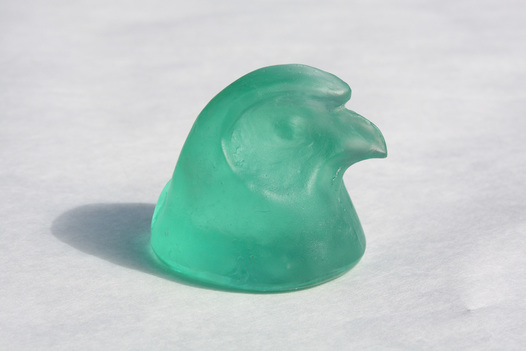 To this . . . I started with an oil based clay and created a sculpture of a bird. I based it off of this piece in our collection which was on display in the Lalique exhibition here at the Museum (Lalique’s is much nicer). I then poured wax into the alginate mold. The resulting wax was a close copy of the clay and I could now make multiple waxes from the same alginate mold.
|
AuthorLike any good hipster I have decided to start my own blog. Let the self aggrandizing and narcissism ensue Archives
September 2016
|
